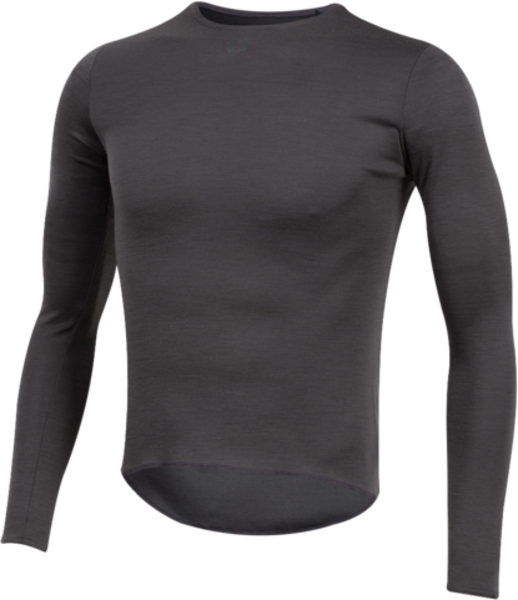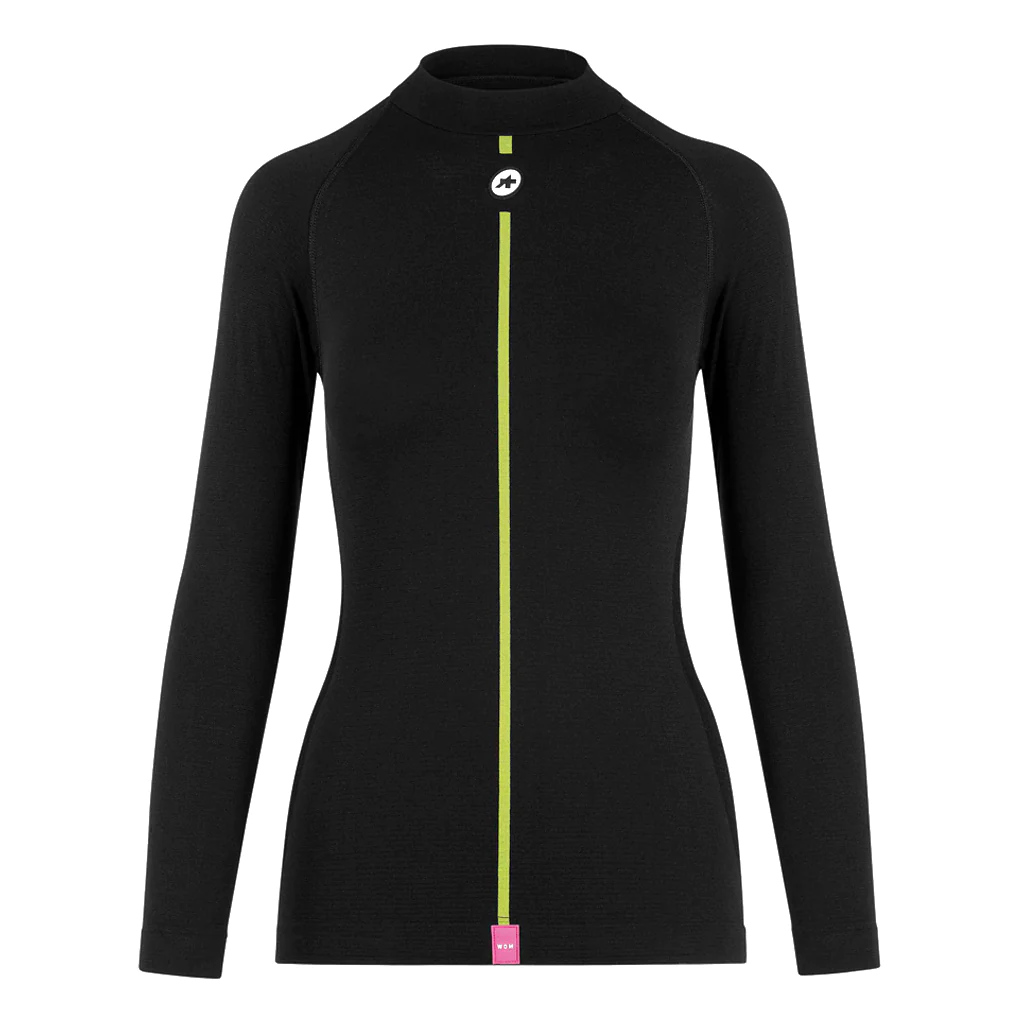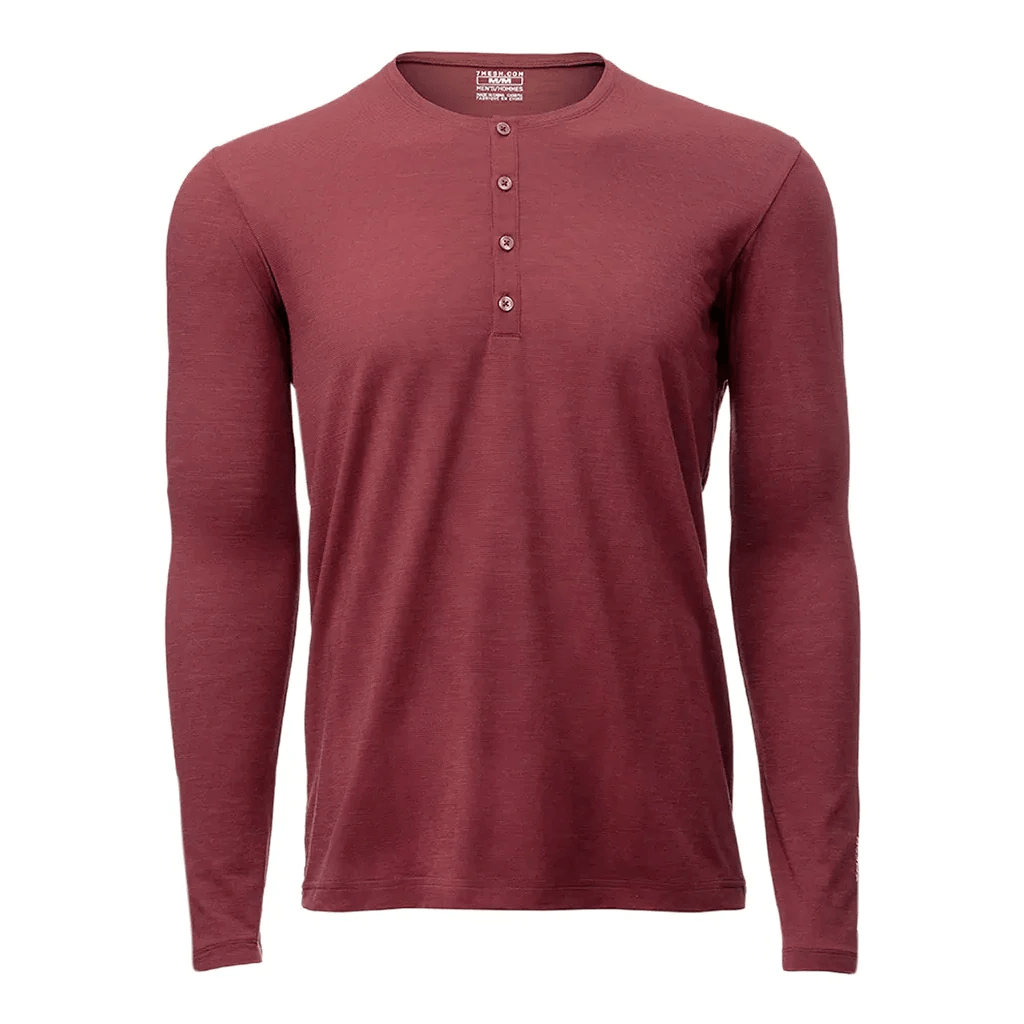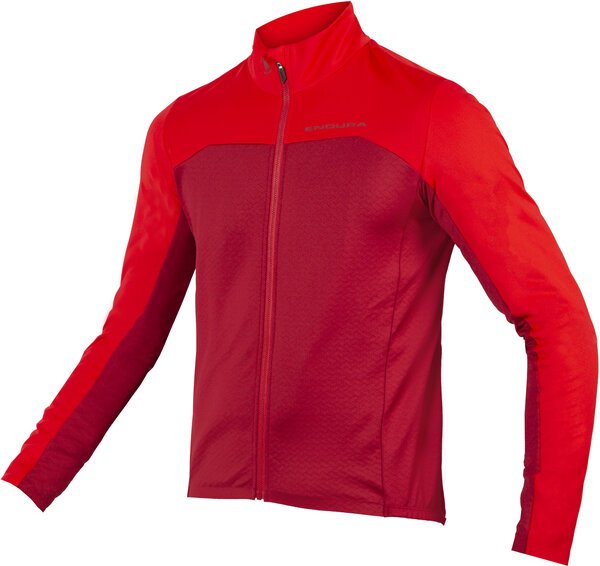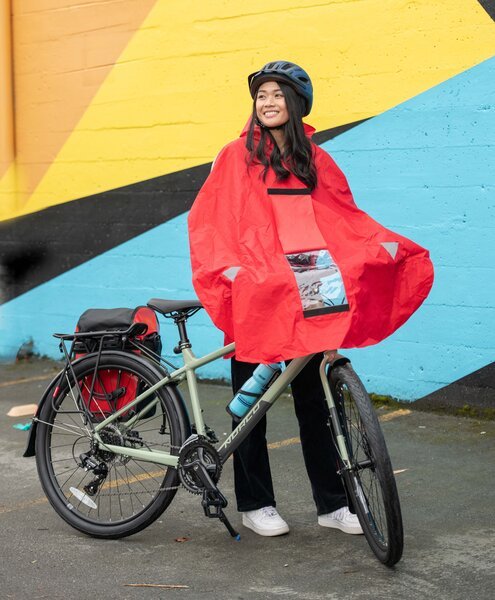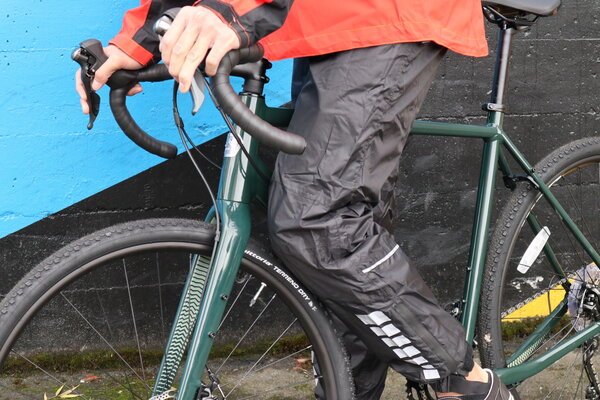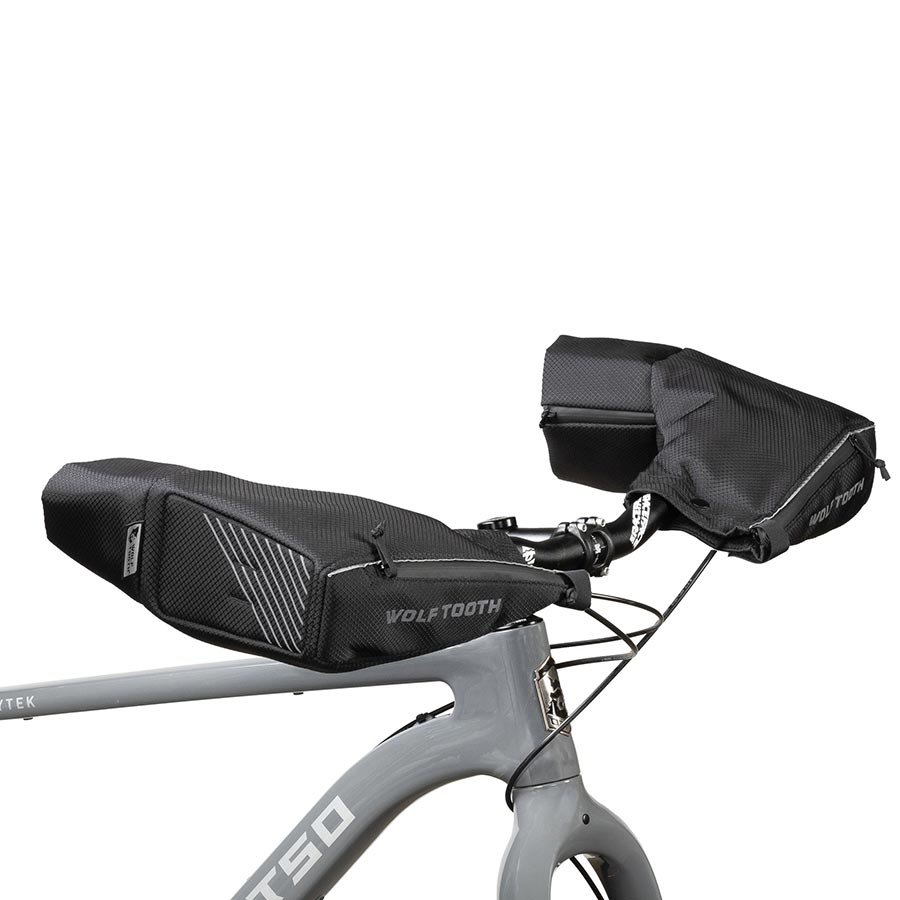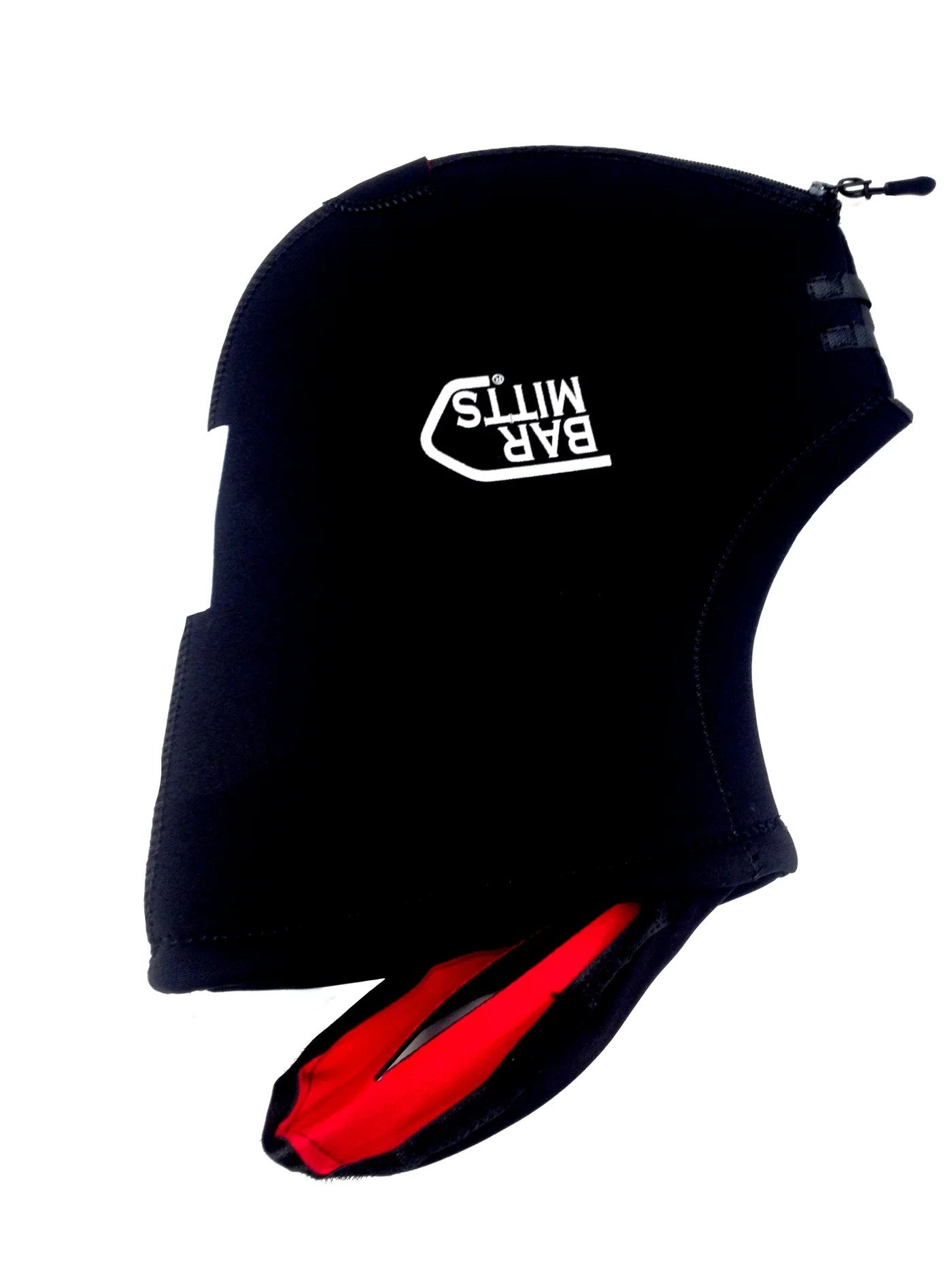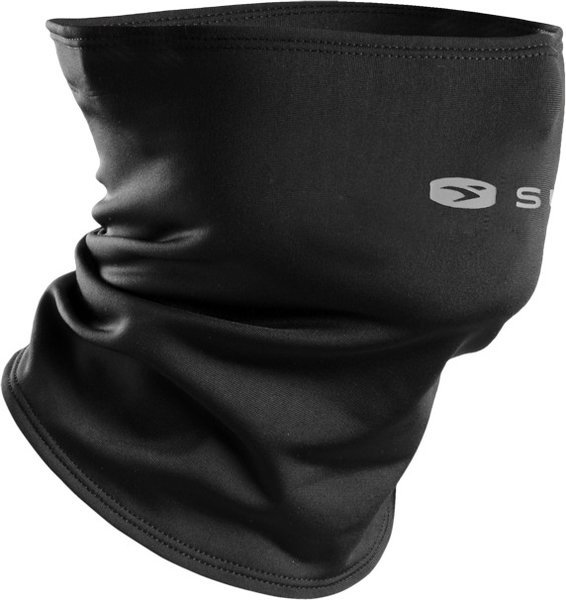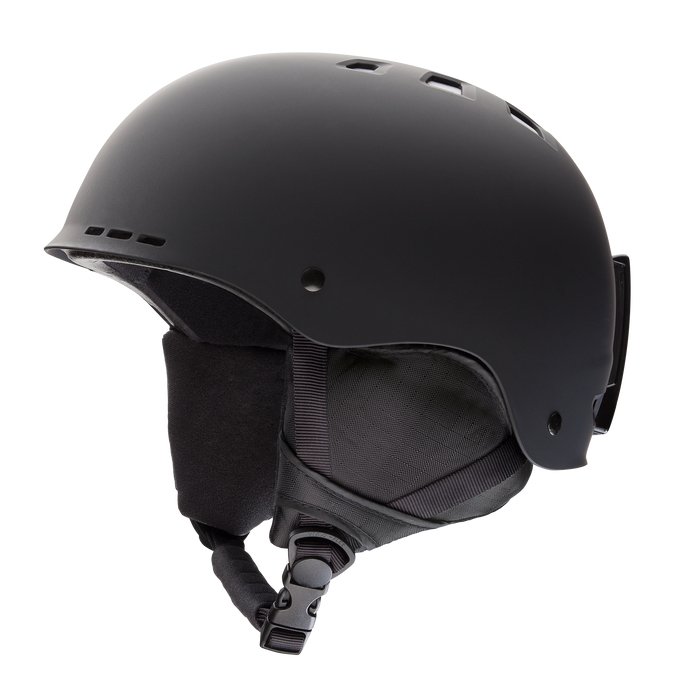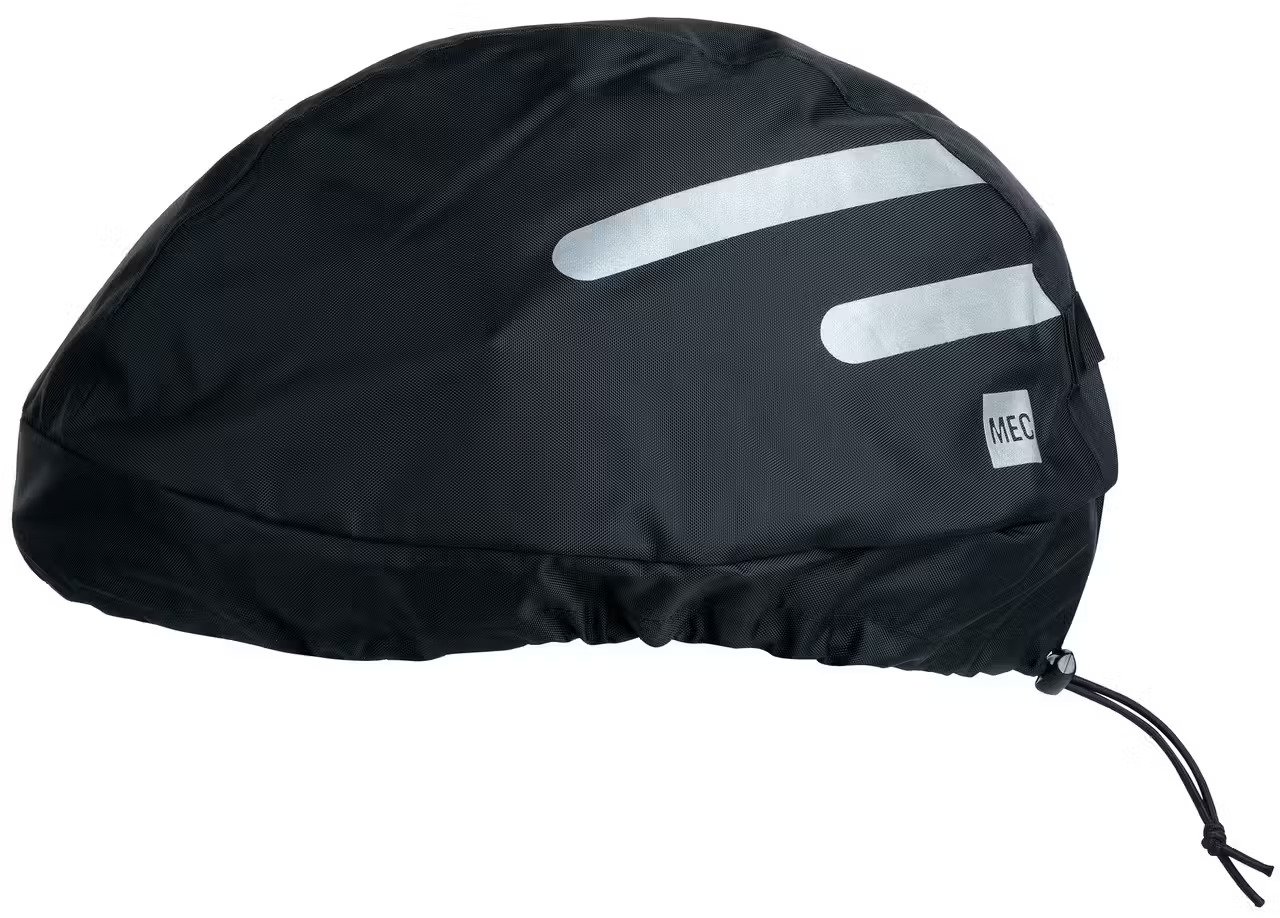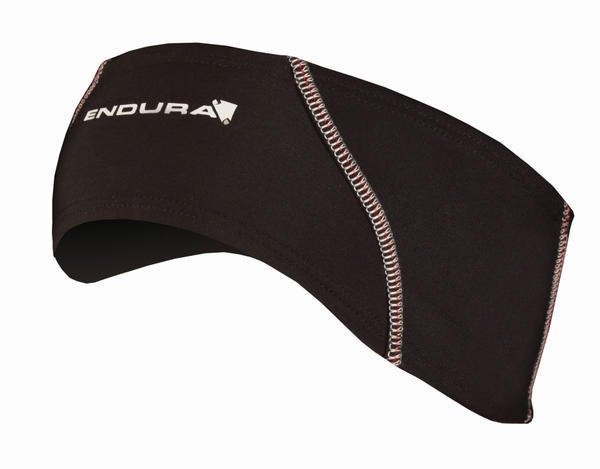Let us preface this blog by saying, if you have already experienced a Canadian winter you probably already have the clothes and gear you need to cycle through winter. We don't want you to think that winter cycling necessitates a big investment.
With that being said, the team at Zygg has been riding through many a winters on many different types of bikes and we have collected some of our favourite clothing and gear to make us feel like winter warriors
How to layer
Base Layer: Wick Away Moisture
The base layer is your foundation for regulating your temperature and moisture. We like a moisture-wicking base layer that draws sweat away from your body, preventing it from cooling you down. Merino wool and synthetic fabrics are excellent choices.
2. Insulation Layer: Trap the Heat
The insulation layer is the one that keeps you warm. Depending on how cold it is, you can choose from a variety of options:
Long-sleeved jersey: A lightweight, long-sleeved jersey is great for milder winter days.
Thermal jersey: A thicker, insulated jersey is perfect for colder temperatures.
Fleece jacket: For super cold conditions, grab a layer designed to trap heat while allowing moisture to escape.
3. Outer Layer: Wind and Water Protection
The outer layer is your barrier against wind, rain, and snow. We like a jacket that is both windproof and waterproof with ventilation options like zippers or vents to prevent overheating. For your pants, choose a waterproof shell you can slip over your regular clothes.
Also Zygg riders get 15% off products at The Bike Doctor if you need an extra push to stay dry.
The purpose of layering is being able to adapt so depending on the weather and your activity level, you can easily add or remove layers. A good rule of thumb is to start your ride feeling a bit cool, knowing that your body temperature will rise once you start pedalling.
The Extremities
Gloves and Accessories
When you’re rolling on an ebike, the wind from the speed can make your extremities feel the cold more.
We recommend a good pair of mittens or gloves and you can add some pogies to your ebike as well.
Neck gaiter or balaclava: We love these as you can easily pull them up to cover your face and ears when needed.
Sunglasses. We know this may sound weird as we have grey days in winter, but if there’s snow on the ground, sunglasses help a lot with the glare. Some people like wearing their skiing goggles as well as it keeps the wind out.
2. Headwear
On an ebike you must wear a helmet but you have a few different options to insulate your head.
You can add a thermal cap under your helmet which also keeps your ears warm. You can add a cover to your existing helmet if there are a lot of ventilation holes.
Switch to a winter helmet which has integrated ear protection and some insulation
Do you use something that we haven’t listed? Let us know on social media!

